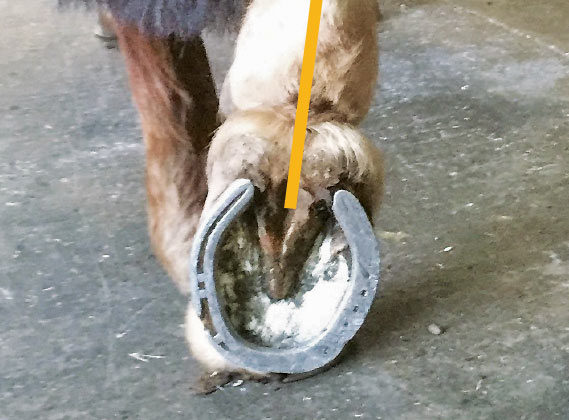American Farriers Journal
American Farriers Journal is the “hands-on” magazine for professional farriers, equine veterinarians and horse care product and service buyers.

Managing front and hind lamenesses in performance horses is not uncommon for farriers. Research indicates that 70% of sport horses will sustain at least one musculoskeletal lameness during a season (Deacon and Wilson, 1999).
“Hoof balance is incredibly important because three-quarters of that 70% that have problems are related to some sort of foot imbalance,” says Welsh farrier Grant Moon.
And while the fronts gain much of the attention, are the hinds receiving appropriate consideration? With the hinds, says Moon, the problem is that farriers don’t see much about them until they are in bad shape. The various types of performance horses that he’s worked on over the years are all dependent on their hind limbs. Once they’re broke, the farrier is called on to fix things. For him, it is time to step back and review how we evaluate and manage the horse, especially the hinds.
“Are we going to be reactive farriers or proactive farriers?” he asks. “Because a lot of what we see is reactive — we’re not anticipating what’s going to happen.”
Moon gave his insight on being proactive in footcare work during a panel session on the hinds sponsored by Delta Mustad Hoofcare Center at the 2017 International Hoof-Care Summit. Much of what he focused on was taking the time in daily work. Although he stressed the hinds, his presentation about taking time for careful analysis also applies to the fronts and overall quality work to help the horse.
Be proactive in your…